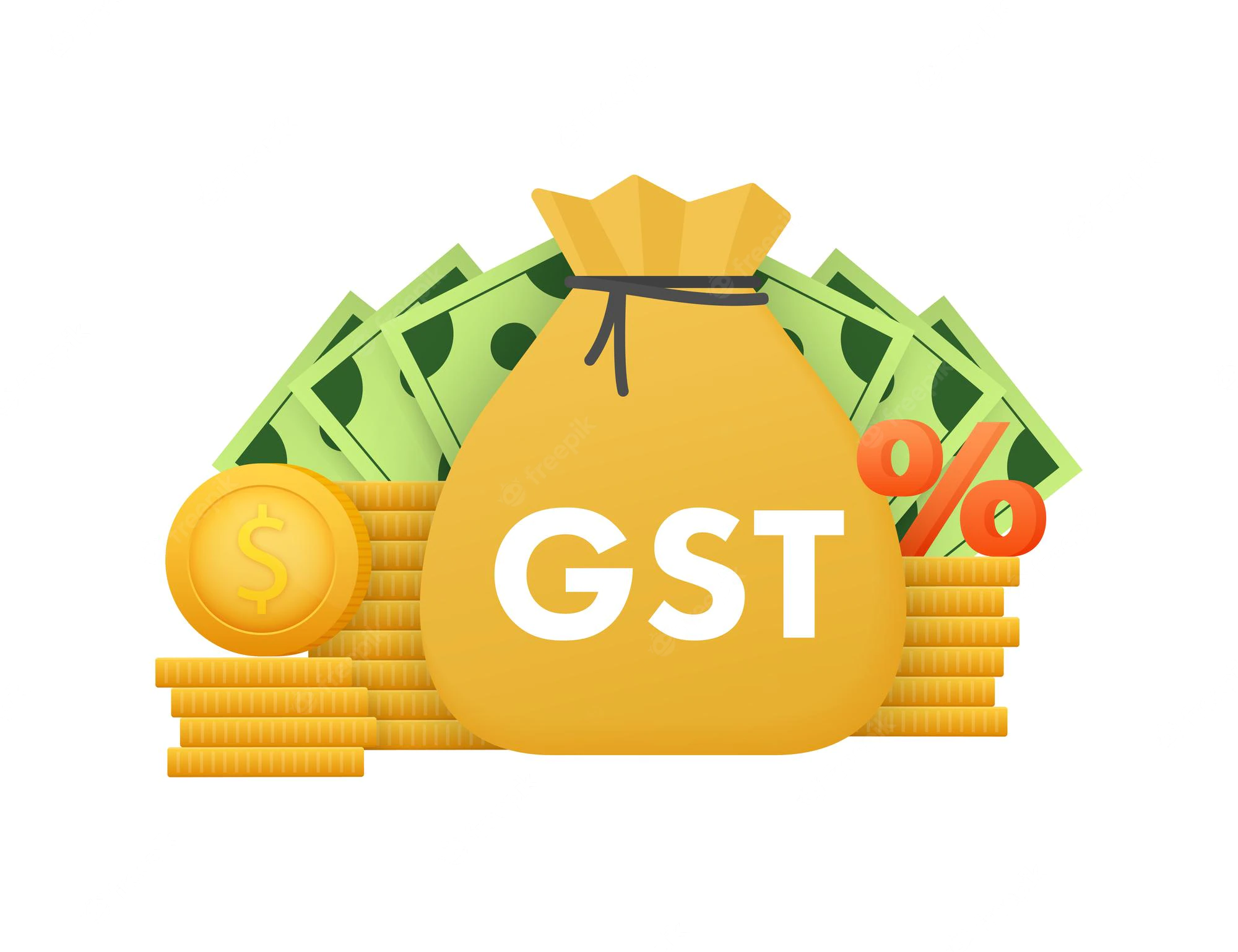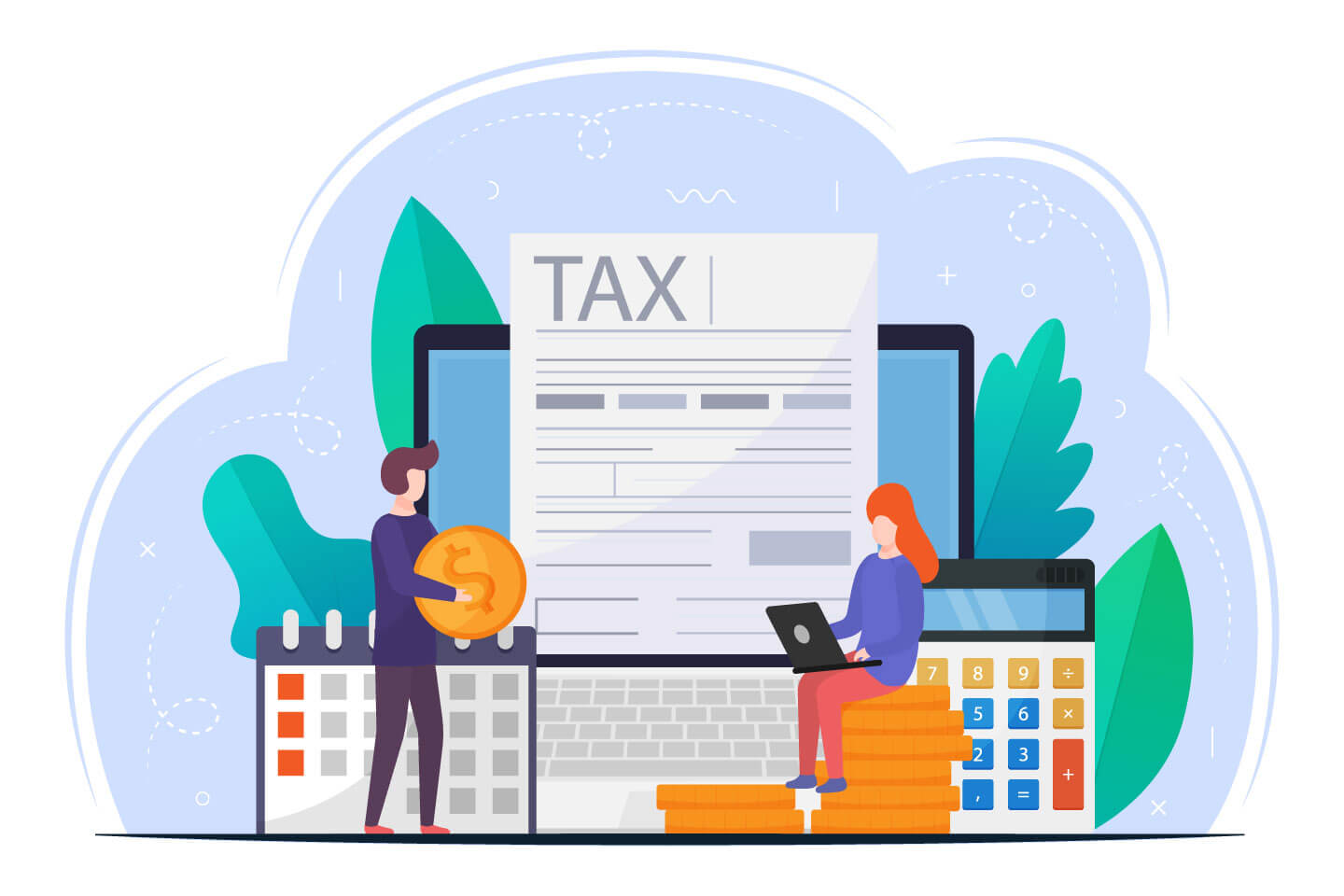GST in Australia

With the introduction of the concept of GST Service in Australia, the government of almost every country uses this as a tool for tax reforms. GST is basically indirect taxes that are levied on the supply of goods and services. They are charged on the final consumption. That means GST has to be paid by one who purchases the good for final use and not for further sales. GST has now become a synonym of tax culture. It has replaced the existence of multiple taxes like VAT, customs duties, etc. charged by state and central government at various stages of the chain of supply and consumption.
GST also eliminated the cascading effect of taxes. Cascading effect of tax refers to the tax that is charged on tax. Like, if a supplier purchases raw materials, then he is liable to pay tax on it along with the cost. After procurement, when the good is sold to the final consumer, the final consumer is also charged with tax again on the same material along with the cost and tax previously paid by the supplier. But under GST, the supplier can claim back their GST return(only if they are registered). So that the final consumer has to pay tax only on the cost. GST stands for Goods and Services Tax, that a company charges on the goods and services provided across the Australian continent. It is 10% for most goods and services.

Who Should Register for GST

- your business or enterprise has a GST turnover (gross income minus GST) of $75,000 or more
- your non-profit organisation has a GST turnover of $150,000 per year or more
- you provide taxi or limousine travel for passengers (including ride-sourcing) in exchange for a fare as part of your business, regardless of your GST turnover – this applies to both owner drivers and if you lease or rent a taxi
- you want to claim fuel tax credits for your business or enterprise.
Accounting for GST
As a GST-registered business, you need to issue tax invoices to your customers, collect GST and prepare your business activity statement (BAS). A few ways by which you can make this easier to manage are:
- use business accounting software to produce tax invoices and automatically generate reports of your GST liabilities and credits at BAS time
- put the GST you collect in a separate bank account
Business Activity Statement
- goods and services tax (GST)
- pay as you go (PAYG) instalments
- PAYG withholding tax
- other taxes

Once your business is registered for GST and you hold a Australian Business Number (ABN), your are to choose your BAS cycle. The due date for your monthly BAS is usually the 21st day of the month following the end of the taxable period.
Due date for quarterly submission of BAS is as follows:
| Quarter | Date |
|---|---|
| July, August and September | 28 October |
| October, November and December | 28 February |
| January, February and March | 28 April |
| April, May and June | 28 July |
Preparing GST Returns

The best way to prepare GST return is to use an accounting software. So as to complete your obligations to ATO effortlessly. In our experience the following softwares are most aligned to ATO’s guideline:
- Xero
- MyOB
- Saasu
You can also use excel to prepare your GST return by tagging each transaction.
TAGGING RELEVANT TAX CODES
While you are using any of the above given software they provide you with a list of the tax codes. Tax codes are used to track the tax paid to your business and also by your business. Each code represents a particular type of tax. These tax codes are listed within the software also on the website of ATO.
GETTING YOUR PAYG READY
This is all you need to do. Once your BAS and GST Return are in place you need ensure that you PAYG amounts are ready as well. The formulas for calculating the amount of PAYG withholding are displayed for the two types of withholding:
- Standard PAYG Withholding : Withholding Amount = Round (Document Amount * Rate)
- No ABN PAYG Withholding : Withholding Amount = Truncate (Truncate (Document Amount) * Rate)



